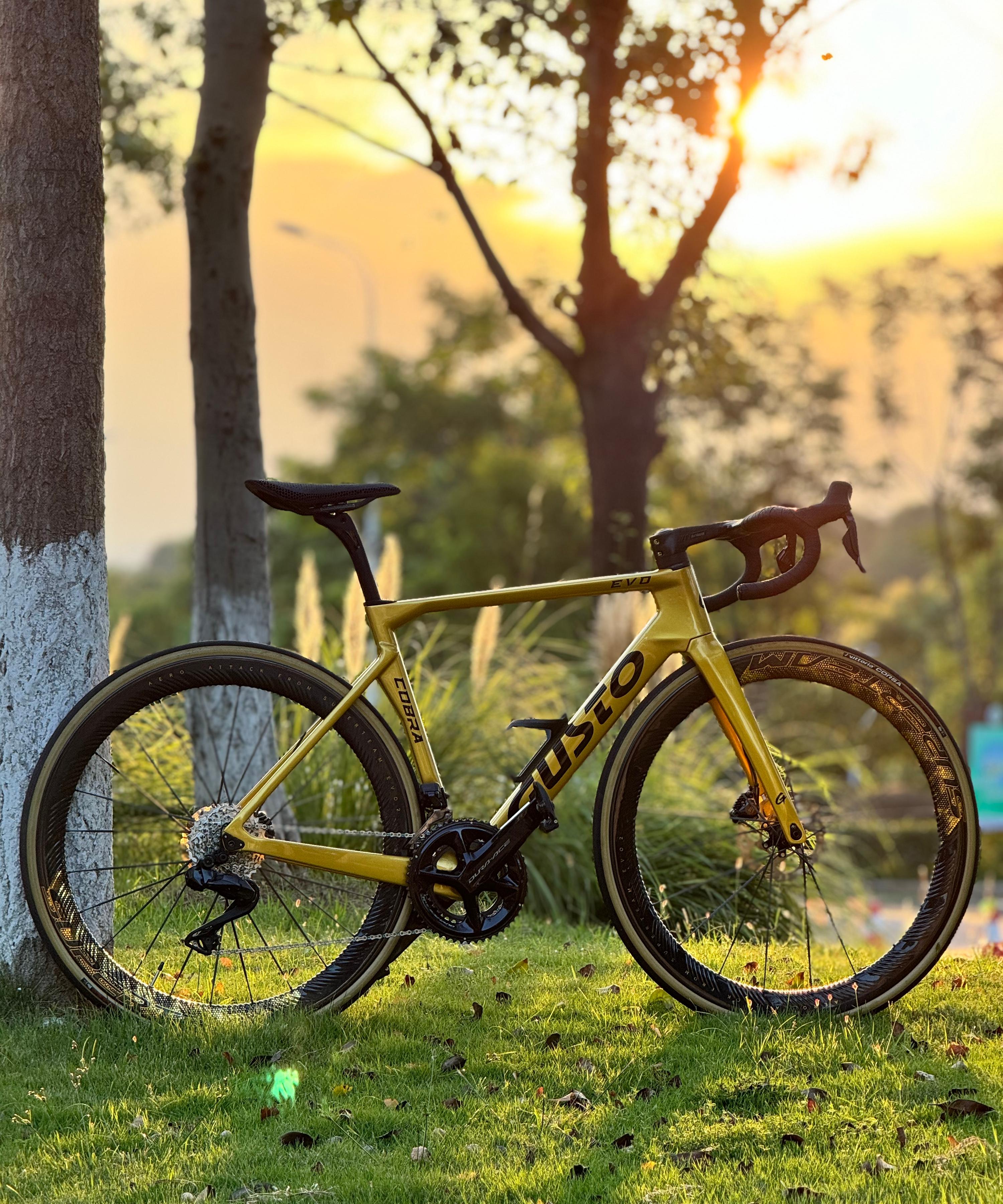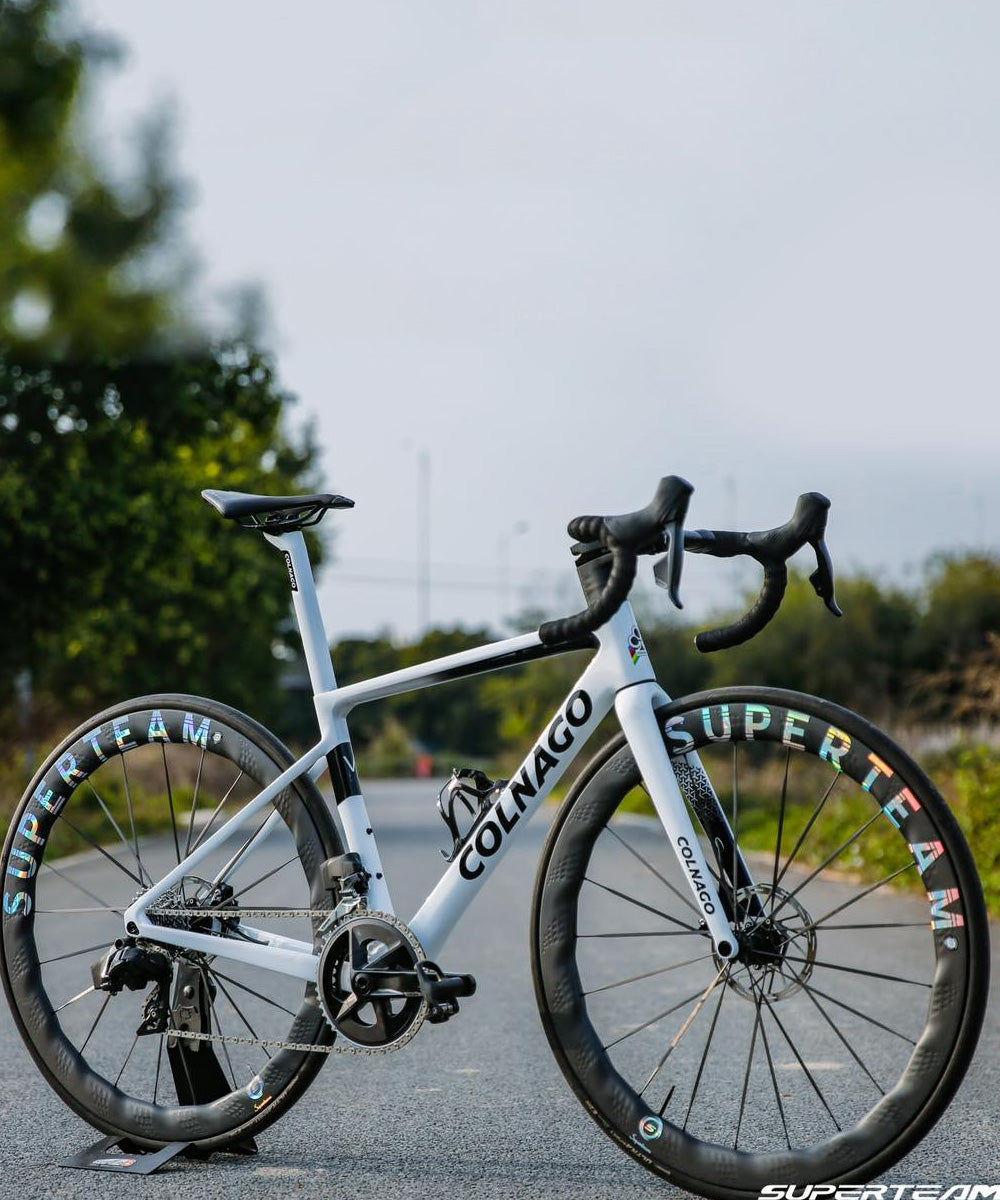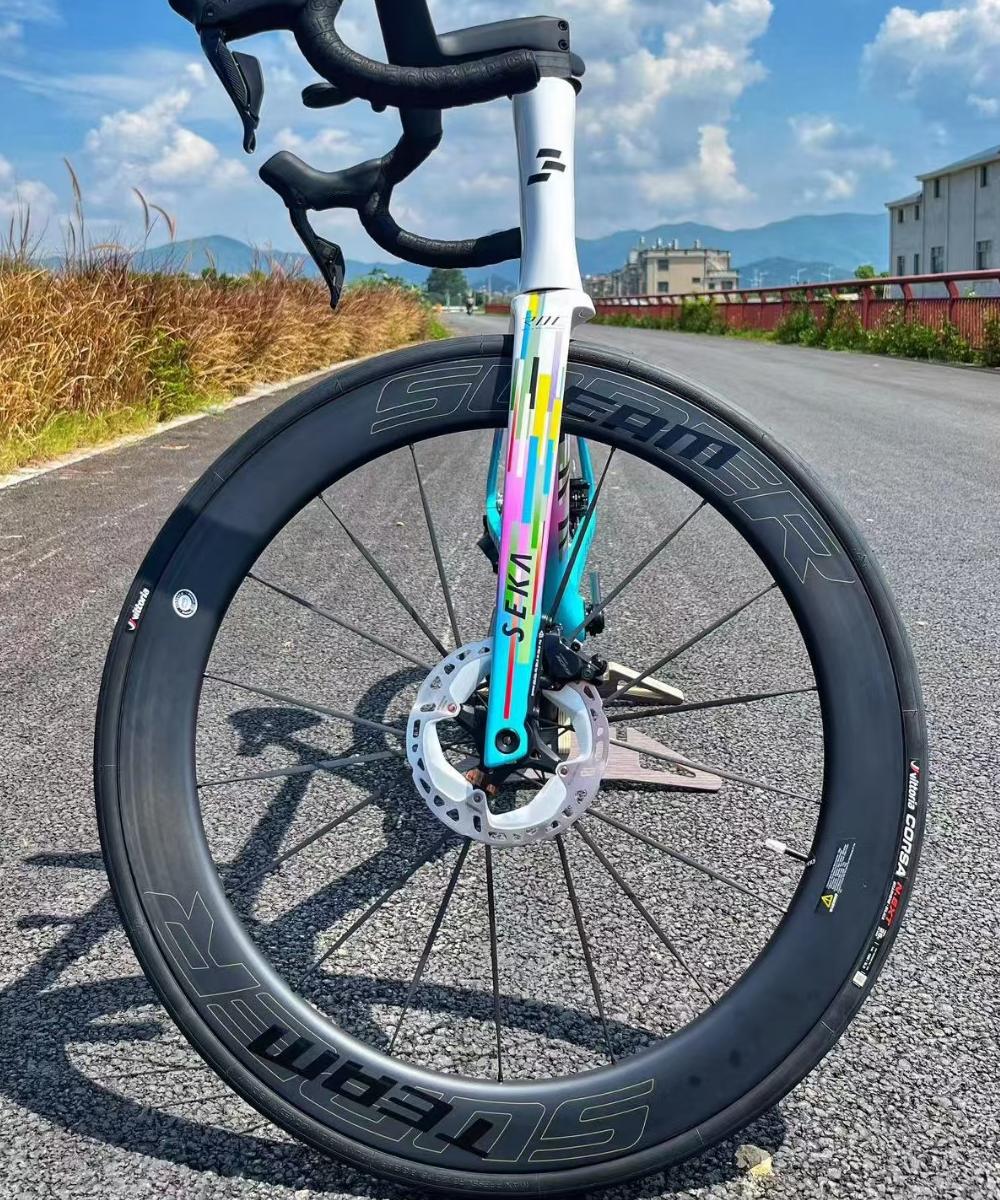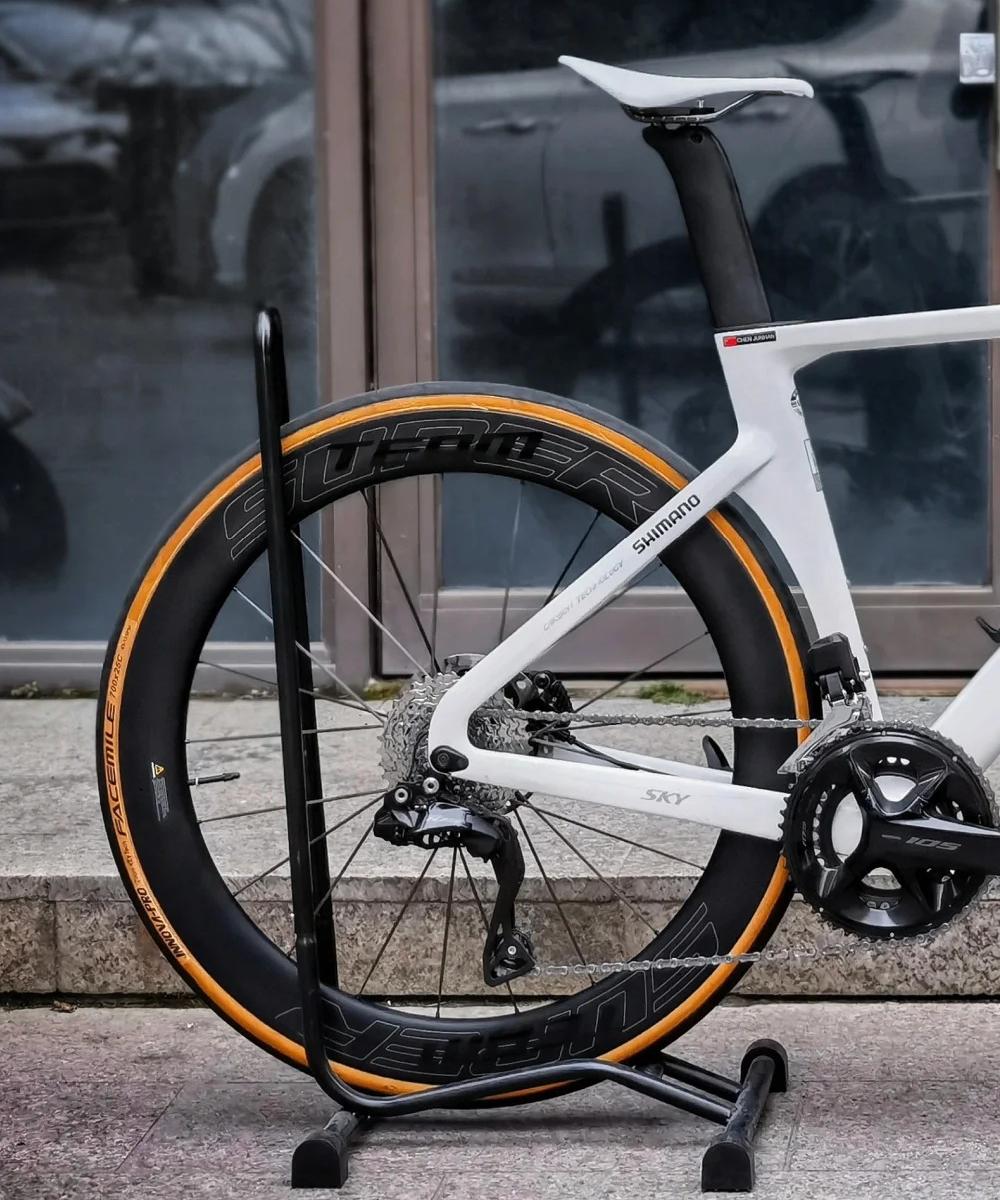Carbon Tubeless vs Clincher Setups: Pros and Cons
Choosing between carbon tubeless and traditional clincher wheel setups can significantly impact ride quality, performance, and maintenance. Each system has its advantages and trade-offs, and understanding them helps cyclists make informed decisions.
1. Weight Considerations
Tubeless: Eliminates inner tubes, reducing rotational weight. Lighter setups can improve acceleration and climbing performance. However, tubeless-ready tires often have reinforced sidewalls, which can partially offset the weight savings.
Clincher: Uses inner tubes, which adds weight. However, standard clincher tires are often slightly lighter than tubeless counterparts when comparing similar performance levels.
2. Rolling Resistance
Tubeless: Typically offers lower rolling resistance because the absence of a tube reduces friction between tire and tube. This allows the tire to deform more naturally over rough surfaces, improving efficiency.
Clincher: Rolling resistance is slightly higher due to the tube interface. High-quality tubes and tires can narrow the gap, but tubeless usually retains the advantage for performance-focused riders.
3. Puncture Protection and Reliability
Tubeless: Can self-seal small punctures with sealant, reducing the likelihood of flats during a ride. Sealant needs regular maintenance, and large cuts may still require roadside repair.
Clincher: Inner tubes are susceptible to pinch flats and punctures. They are easier to replace quickly on the road, which can be an advantage for touring or remote rides.
4. Ride Comfort
Tubeless: Allows lower tire pressures without the risk of pinch flats, increasing comfort and traction, especially on rough or gravel roads.
Clincher: Higher pressures are generally required to avoid pinch flats, which may result in a harsher ride on uneven surfaces.
5. Maintenance and Setup
Tubeless: Initial setup can be challenging, requiring specific rims, tires, and sealant. Ongoing maintenance includes checking sealant levels and cleaning the valve system.
Clincher: Simpler to install and maintain, widely compatible with standard rims. Ideal for riders who value convenience and minimal maintenance.
6. Cost Considerations
Tubeless: Typically more expensive due to specialized tires, tubeless-compatible rims, and sealant.
Clincher: Often more affordable and flexible in terms of tire options and replacements.
Conclusion
Carbon tubeless setups excel in rolling efficiency, puncture mitigation, and comfort, particularly for performance-oriented and endurance riders. Clincher setups remain a reliable, cost-effective choice, with simpler maintenance and easier roadside repairs. The decision ultimately depends on riding style, terrain, and willingness to manage setup and upkeep.




